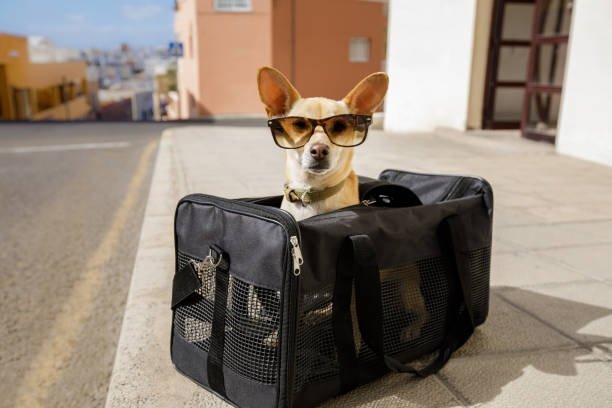The Whooping Crane is one of the most iconic and majestic birds in North America. With its striking white plumage, black wingtips, and red crown, this endangered species offers photographers a rare and rewarding experience. Capturing the grace of a Whooping Crane in its natural habitat requires preparation, patience, and respect for the bird’s environment. For enthusiasts, embarking on photography tours tailored for birdwatchers provides the ideal opportunity to witness these rare creatures while enhancing your skills.
Understanding the Whooping Crane
Standing nearly 5 feet tall with a wingspan of over 7 feet, the Whooping Crane is one of the tallest birds in North America. These birds are named for their unique, trumpeting call, which can carry for miles across wetlands and prairies. Found primarily in areas like Texas’s Aransas National Wildlife Refuge during winter and Canada’s Wood Buffalo National Park during the breeding season, the Whooping Crane’s habitat spans diverse terrains, each offering unique challenges and opportunities for photography.
Preparing for Whooping Crane Photography
Photographing Whooping Cranes is more than just snapping pictures; it’s about immersing yourself in their world. Preparation starts with understanding their behavior, habitats, and migration patterns. Since these birds are often found in remote and protected areas, many photographers opt for specialized bird photography tours to access prime locations with expert guides.
Essential Gear
Camera and Lenses
A DSLR or mirrorless camera with a telephoto lens (400mm or more) is recommended to capture these birds from a distance without disturbing them.
Tripod or Monopod
These tools help stabilize your camera, especially for long-range shots in low-light conditions, such as those in early mornings or late afternoons.
Clothing
Camouflage or neutral-toned clothing ensures you blend into the surroundings, minimizing the chance of alarming the birds.
Finding the Perfect Spot
Whooping Cranes are most active during dawn and dusk, ideal photography time. Wetlands and marshes offer stunning backdrops, while migration hotspots like Nebraska’s Platte River provide fleeting opportunities. Participating in such tours ensures access to restricted areas and expert guidance on shooting angles and lighting, enhancing your chances of capturing these majestic birds beautifully.
Techniques for Stunning Shots
Composition
Use the rule of thirds to position the crane in your frame. Including elements of the natural environment, such as reeds or water reflections, can add depth and context to your images.
Focus on Details
Use a shallow depth of field (low f-stop) to highlight the Whooping Crane’s distinctive features, such as its red crown or black wingtips. This technique blurs the background and brings the bird into sharp focus.
Action Shots
Capturing a Whooping Crane in flight or during courtship dances can add dynamism to your portfolio. Use a fast shutter speed to freeze motion, ensuring crisp and detailed images.
Patience Pays Off
Wildlife photography is unpredictable, and patience is your best tool. Spend time observing the birds’ habits to anticipate moments worth capturing.
Ethical Considerations
Respecting the Whooping Crane and its habitat is paramount. As an endangered species, it is crucial to maintain a safe distance to avoid causing stress or disruption. Opt for quiet, non-intrusive methods to get your shots. Birding guides on bird photography tours are trained to ensure participants adhere to ethical practices while providing the best photographic opportunities.
Avoid using bait or sounds to lure the birds closer, which can interfere with their natural behavior. Always follow local regulations and guidelines for wildlife photography.
Enhancing Your Skills
Tours dedicated to birds are an excellent way to refine your craft. Many such tours cater specifically to bird enthusiasts and provide a mix of education and experience. Whether a novice or a seasoned photographer, joining bird photography tours introduces you to like-minded individuals and professional photographers who can share tips and techniques.
These tours often include workshops on lighting, editing, and advanced composition, enabling participants to elevate their skills. Moreover, they offer a chance to explore diverse ecosystems, from coastal marshes to prairie wetlands, broadening your photographic portfolio.
Post-Processing
Editing your photos is the final step in bringing your vision to life. Adjusting brightness, contrast, and saturation can enhance the crane’s striking features while maintaining a natural look. Tools like Adobe Lightroom or Photoshop are popular choices among wildlife photographers.
Conclusion
Photographing Whooping Cranes offers a unique blend of wildlife observation and artistic expression. Joining bird photography tours enhances your experience, providing access to prime locations and expert guidance. With the right preparation and respect for the environment, each shot captures its elegance while raising awareness about protecting this endangered species and its fragile habitats. for more information visit the empireadda



